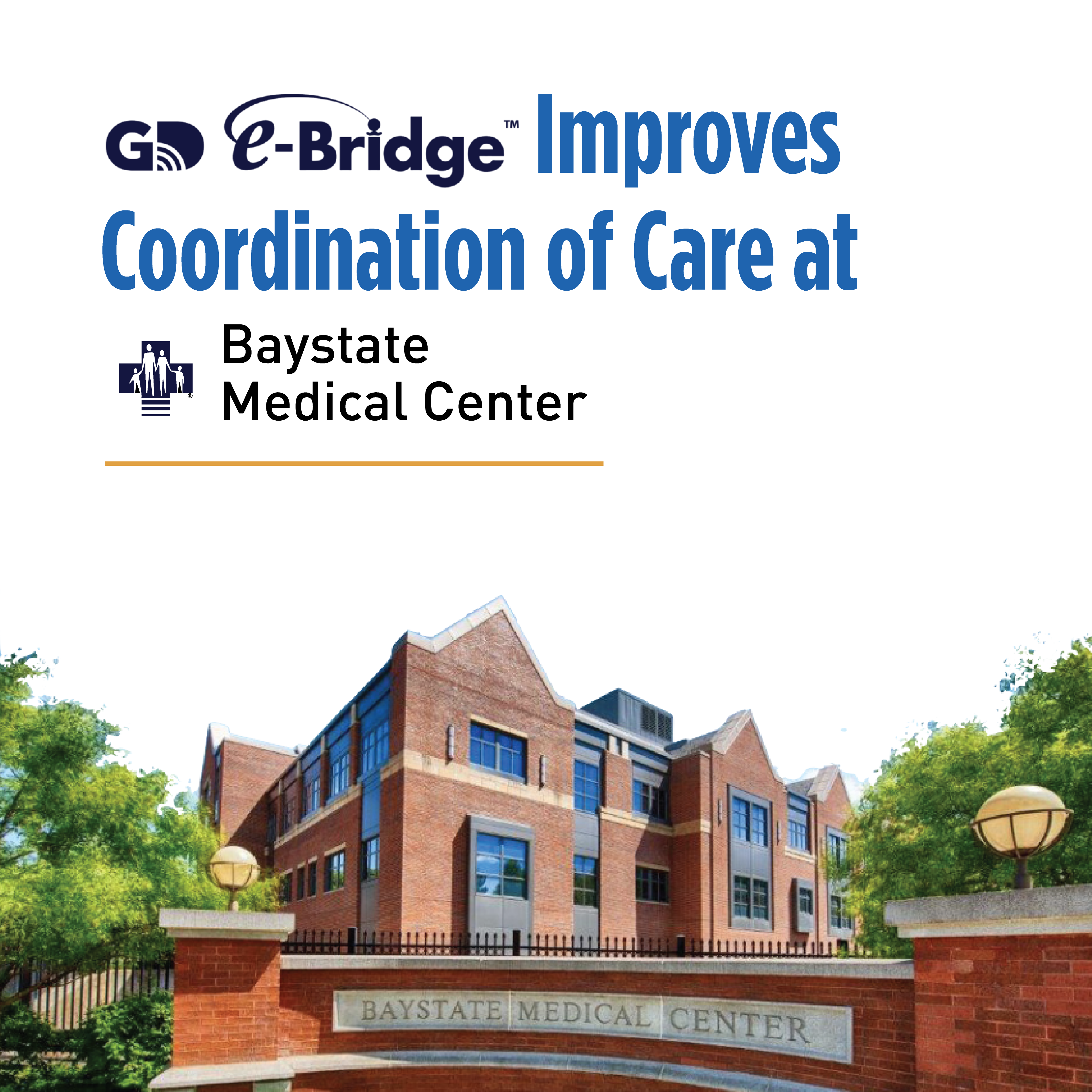Integrated Team Communications – Linking the Old and New
Baystate Medical Center Improves Coordination of Care by connecting their old pager system to the e-Bridge telehealth app
When a life-threatening STEMI occurs, the first priority is to protect the heart from further damage. Time is of the essence—the American Heart Association’s guidelines recommend a door-to-balloon (D2B) time of 90 minutes or less. The many moving parts and people involved in STEMI care, however, can make coordination a challenge, and yet these communications are critical to saving time – and therefore heart muscle.
For more than two years, Baystate Medical Center in Western Massachusetts has been using GD’s mobile telehealth app e-Bridge to improve process and patient care for STEMI, trauma, stroke and general medical care. Baystate is the region’s only Level 1 Trauma Center, receiving an average of 120 ambulances each day. Prior to using e-Bridge, Emergency Department and acute care teams were not alerted to incoming STEMI patients until EMS was about five minutes away, even when patients had been en route for some time. The exceptional team communication e-Bridge has afforded EMS and hospital teams has made all the difference.
In fact, in May 2021 the Baystate STEMI team published and presented on their study that showed an average reduction in D2B times of 10 minutes. Still, Baystate was using two different processes to alert teams of new STEMI cases—activating the case automatically through e-Bridge and a separate manual paging process. Juggling the additional manual paging communications was time consuming and could be challenging to remember, which lengthened treatment time.
But with the highly configurable e-Bridge, Baystate was able to implement a coordination of care system that worked best for both their new and legacy needs. Together with GD’s implementation team, they have developed a way to make the already proven telemedicine app even better: a consolidated team communication system that integrates e-Bridge’s automatic alerts with Baystate’s pager system so that STEMI notifications automatically go to all necessary team members at the same time.
“Our goal was to streamline the process in order to save time and decrease workload for our ED staff,” said Alina Capatina, ACS/STEMI program coordinator at Baystate. “Now instead of having to activate the paging system and e-Bridge case separately, both are done directly from the e-Bridge case with the click of a button.”
The result of this consolidated pager system?
- Faster time-to-treatment
- Better preparedness for incoming patients
- Decreased door-to-balloon time
- Easier, faster communication
- Mitigated risk with a more streamlined process.
“The risk of missed pages is reduced with the ability to closely monitor the delivery of the page within the e-Bridge case,” Capatina continued. “This update has improved an already well-functioning system in the continuous pursuit of quality improvement and patient care excellence.”
The consolidated system worked so well, in fact, that Baystate will be implementing it for trauma and stroke care alerts going forward.
To learn how you can configure GD’s mobile telehealth solutions to improve your coordination of care, visit https://general-devices.com/contact-us/.
About GD (General Devices)
GD is a NJ-based med tech company specializing in mobile telemedicine and telehealth solutions that help EMS and fire first responders, hospitals, and communities and regions deliver smarter, expedient patient care. Powered by responsive innovation, GD’s user-friendly solutions facilitate secure, mobile communications and rapid data sharing across acute and non-acute care teams to help save time, money and lives. Backed by a 40+ year history and thousands of implementations, GD is a widely revered industry leader. Visit https://general-devices.com/ to learn more.

